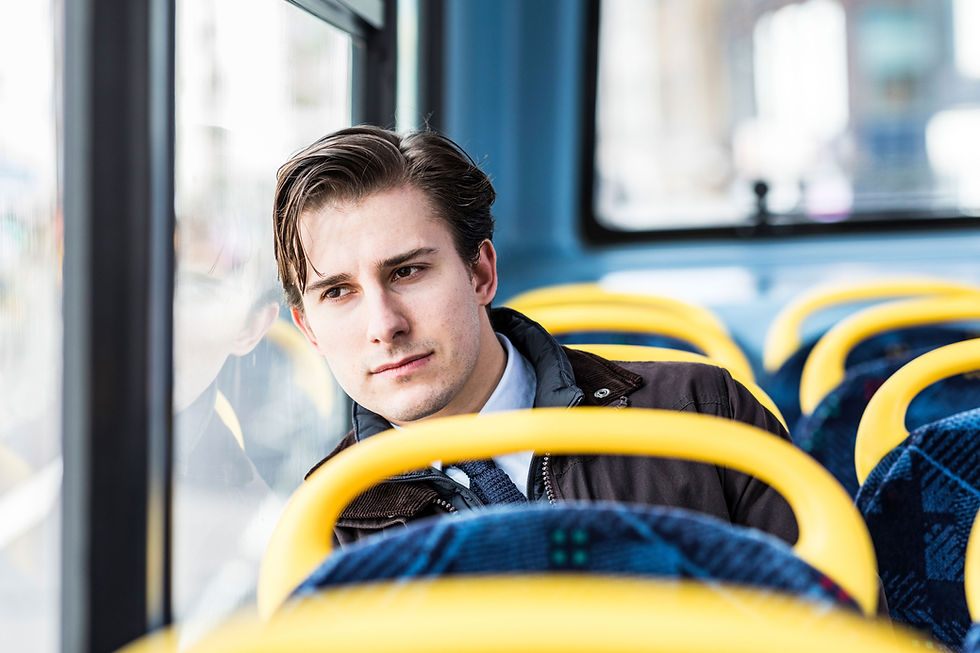Trainline: The Travel App for Booking Trains and Busses in Europe
- Catalyst Travel Guru
- Mar 22, 2022
- 3 min read
There are plenty of great ways to travel when you're in Europe. But for most Catalyst students, nothing beats taking a train. Trains leave from the center of one city and take you to the center of the next city on your itinerary. They are safe, clean, secure and fast. And for students on a budget just like for Europeans who've grown up taking trains everywhere: they are cheap. There are a bunch of Apps to help you book trains, but the one we recommend is called Trainline. Search for it on your App store and download it to your phone.

How do Trains Work in Europe: High Speed Trains
European cities are usually served by three kinds of trains. All three are trains Catalyst students will use while abroad. The trains we all hear about before going abroad tend to be the fast and international trails. In France they're called TGV's, which stands for "trains of great speed." Fast they are, with the top speed of one French train having clocked out at 357 miles per hour. (The speed you'll experience on these amazing "bullet trains" will be more like 180-195 mph.) The mainline trains like these connect huge cities to each other within a country or between countries. When The Catalyst travels from London to Paris, we will ride one of the most impressive trains every. Not only will our speed be truly impressive, but we'll voyage between our cities through the engineering marvel of "the chunnel," as we scoot under the English Channel from Dover, UK to Calais, France. Cool, oui? For these trains, you need to make a reservation and choose a seat like you would flying on a plane.

Smaller, Mainline Trains
In addition to the bullet trains, Europe is served all over by smaller regional and national trains. These slower and more lumbering trains are the mainstay of travel in most countries. They tend to be cheaper than the bullet trains and have more stops. So students who want to travel to smaller cities will almost always enjoy one of these trains. These mainline trains can be quaint and fun. And they go almost anywhere our students ever want to go. They're nice especially because they allow for more spontaneous travel. You need a ticket for these trains but often you do not need a reservation, which means if you change plans and want to scoot somewhere special, now? These smaller trains are your friend?

Commuter Trains
The third train flavor you'll get to know are the commuter trains that serve all great cities. In Berlin these are the S-Bahn trains and in Paris they are called the RER. They differ from urban subways by stretching far out into the suburbs, connecting people who live way outside of a great city to its bustling core. These trains are often used to connect airports of large cities to a downtown. Sometimes a train that runs just route from airport to center city is given a branding all its own, as in London's "Heathrow Express." While these commuter trains sometimes travel underground like a subway when they're in the heart of a city, they tend to travel overland like a mainline train. You don't need reservations for these trains. You usually buy a ticket for them right from a machine at one of the stations they serve.

Busses
Lots of times our students have combined bus travel with train travel. Why? Because sometimes it's cheaper this way and not much less convenient or pleasant. And sometimes because the departure and arrival times of a bus just make more sense than a train. The great thing about our recommended App Trainline is that you can use it to book either trains or busses, which makes it super easy to compare costs and convenient. So even if you've never done much bus travel before, you should at least cost compare this summer to see if maybe a bus might be your solution!





Comments